I’ve got a few nice clips of the work I do as a ski patrol I thought I would share with you, the Absolute Telemark Community (you can subscribe below). And this will give you an idea of the quality of snow we get up North.
How is this related to a telemark blog?
Well first, most of what I have learned about how to telemark comes from working on my skis. In the clip L’Ancrage, I ski with a few signs and some bamboo poles. Although this may look easy, It’s quite a challenge at first in powder. I learned from carrying stuff how my upper body have a huge influence and how my skis are reacting, especially my hands. You obviously don’t need to be carrying stuff around. You can start by skiing taking your poles at half the shaft or without poles. Try to move your hands in different directions and see what happens
Again, Telemark skiing is an ongoing learning process. At the start of the season, my confidence is not always really high. This will cause mistakes that I wouldn’t normally do. Sitting backward or unweighting my front leg like shown in this picture give me a confidence that I will not trip over some hidden rocks. The draw back is a more physical ride, greater chance of falling, and so on.
And some fun along the way
LIKE the music: http://bernadettemusique.bandcamp.com/
I really like working on my Telemarks. It really helps getting around the mountain easily, It’s always fun, it can be a challenge if I want to, or it can be just as easy going, linking a few Alpine turn.

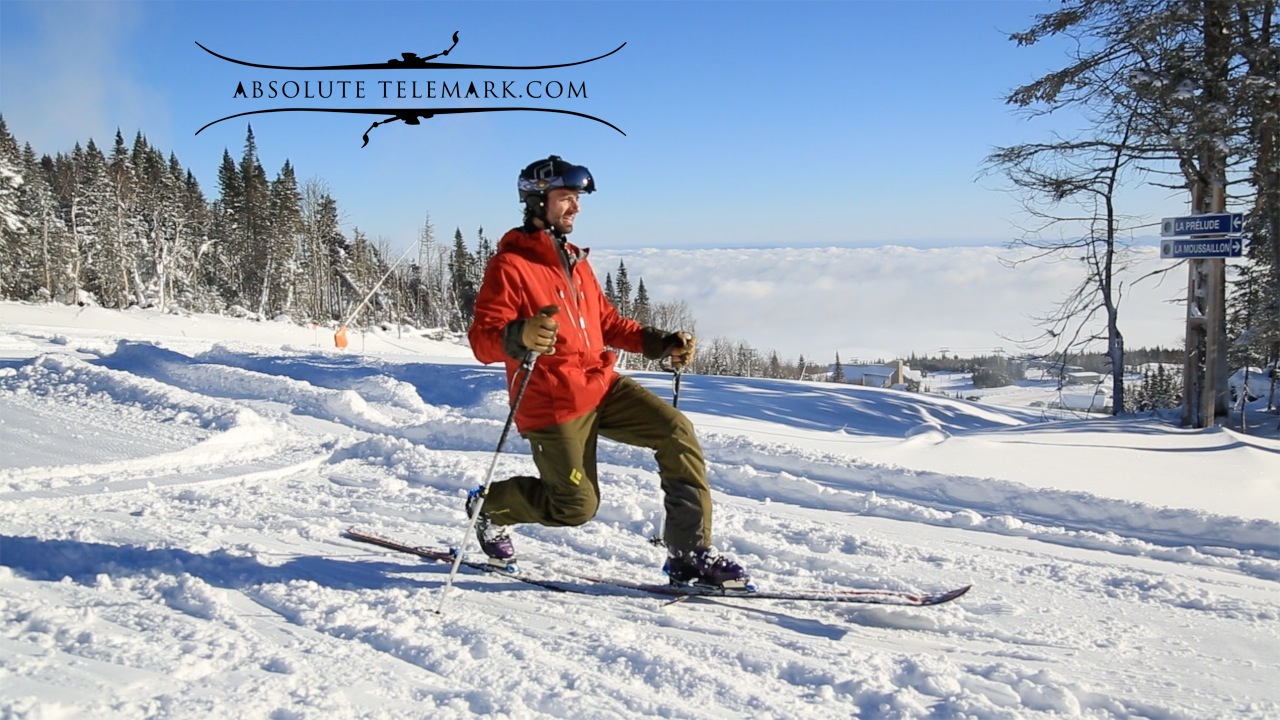
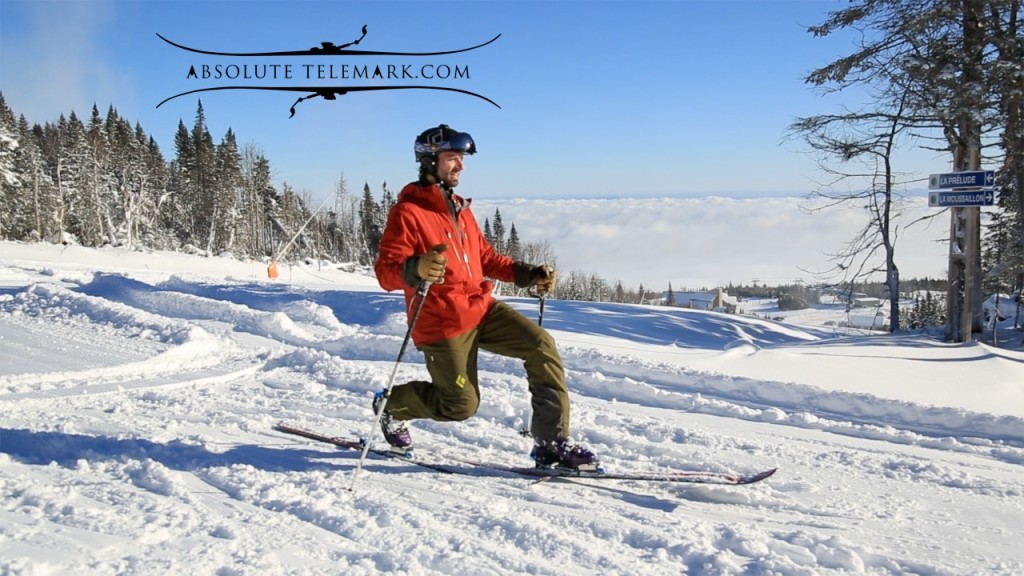
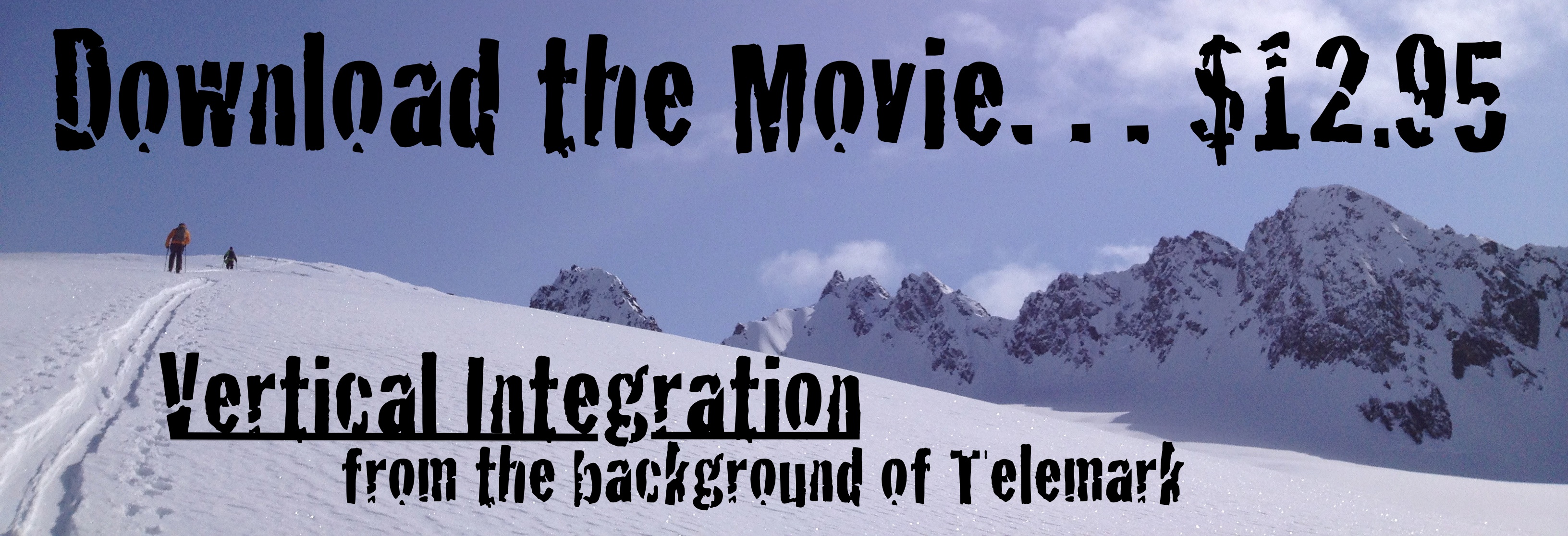

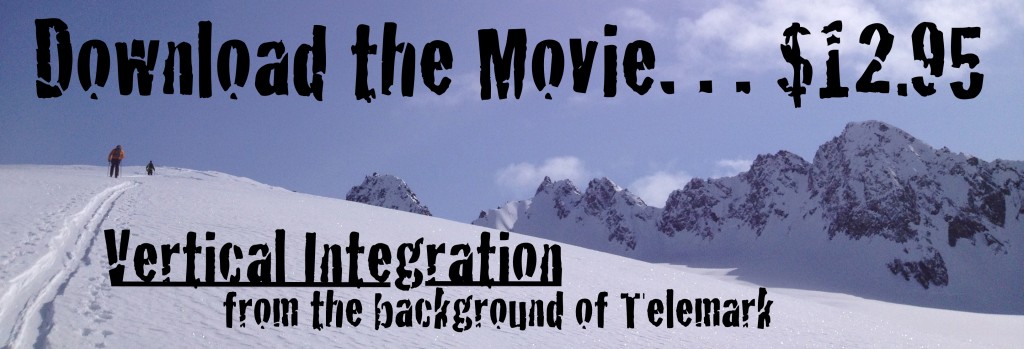
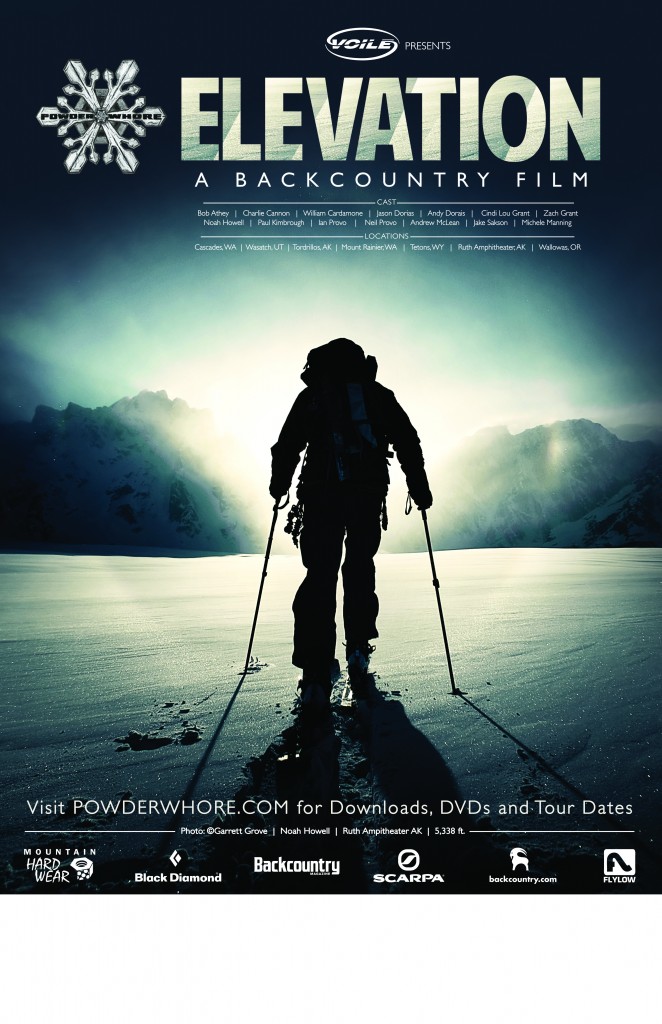
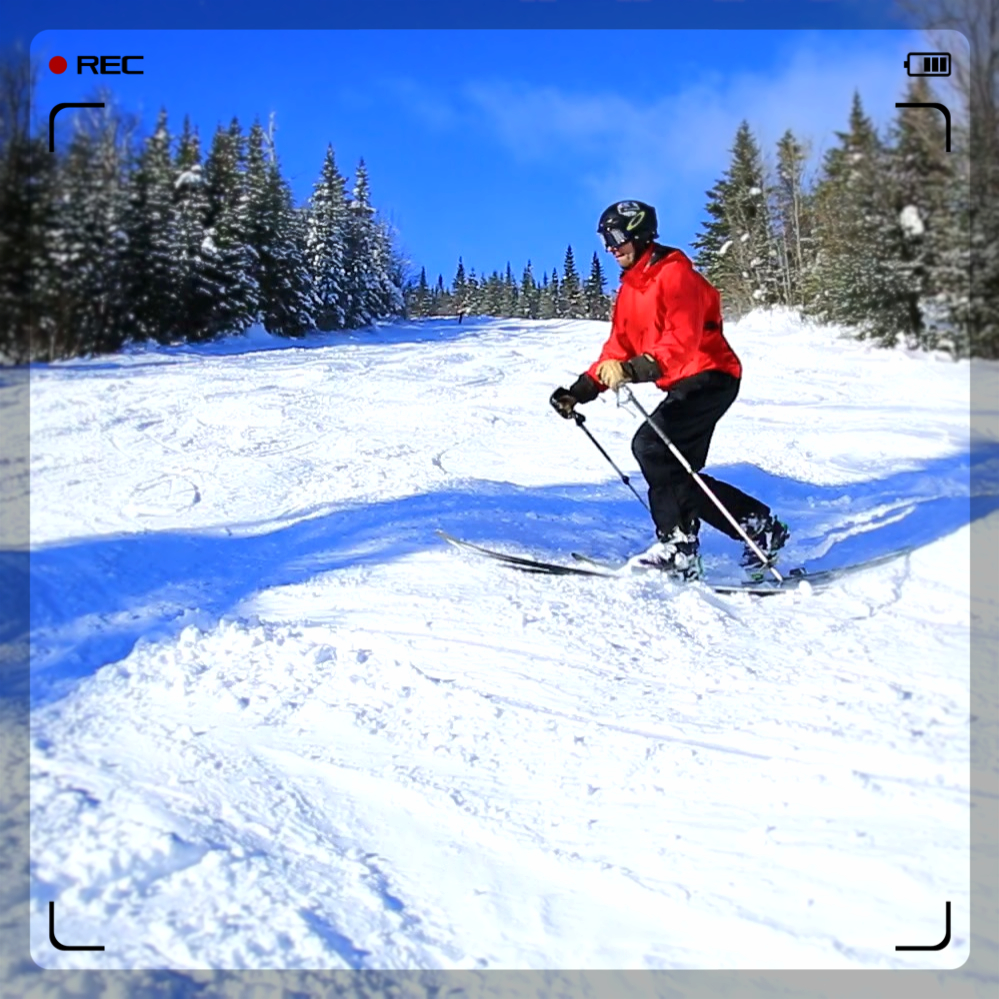

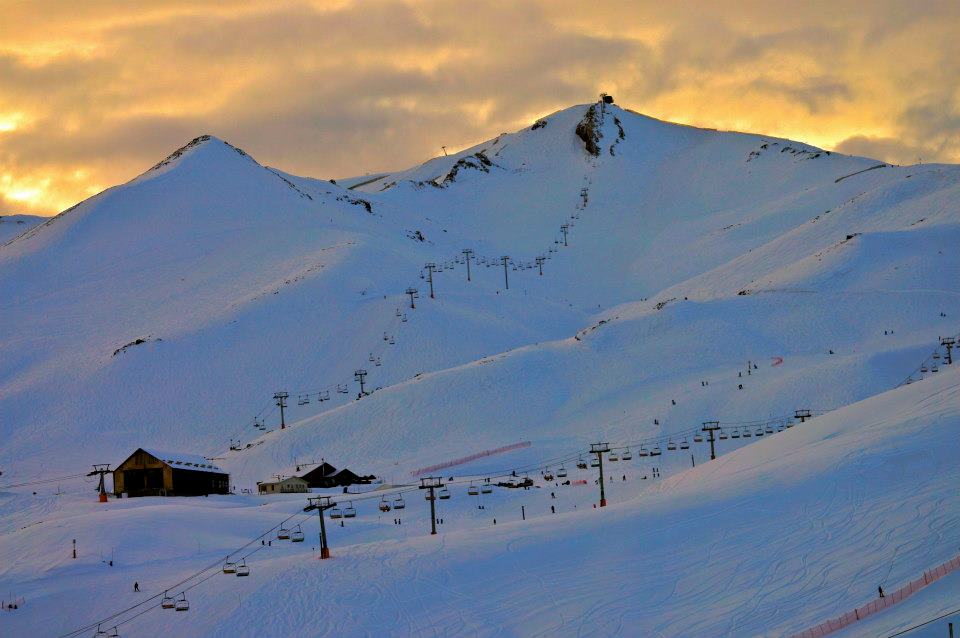
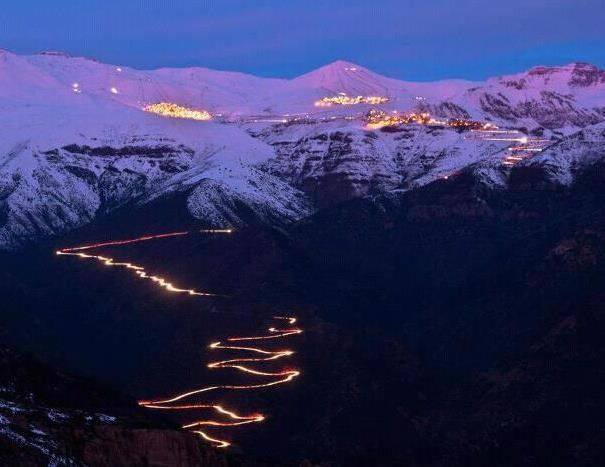
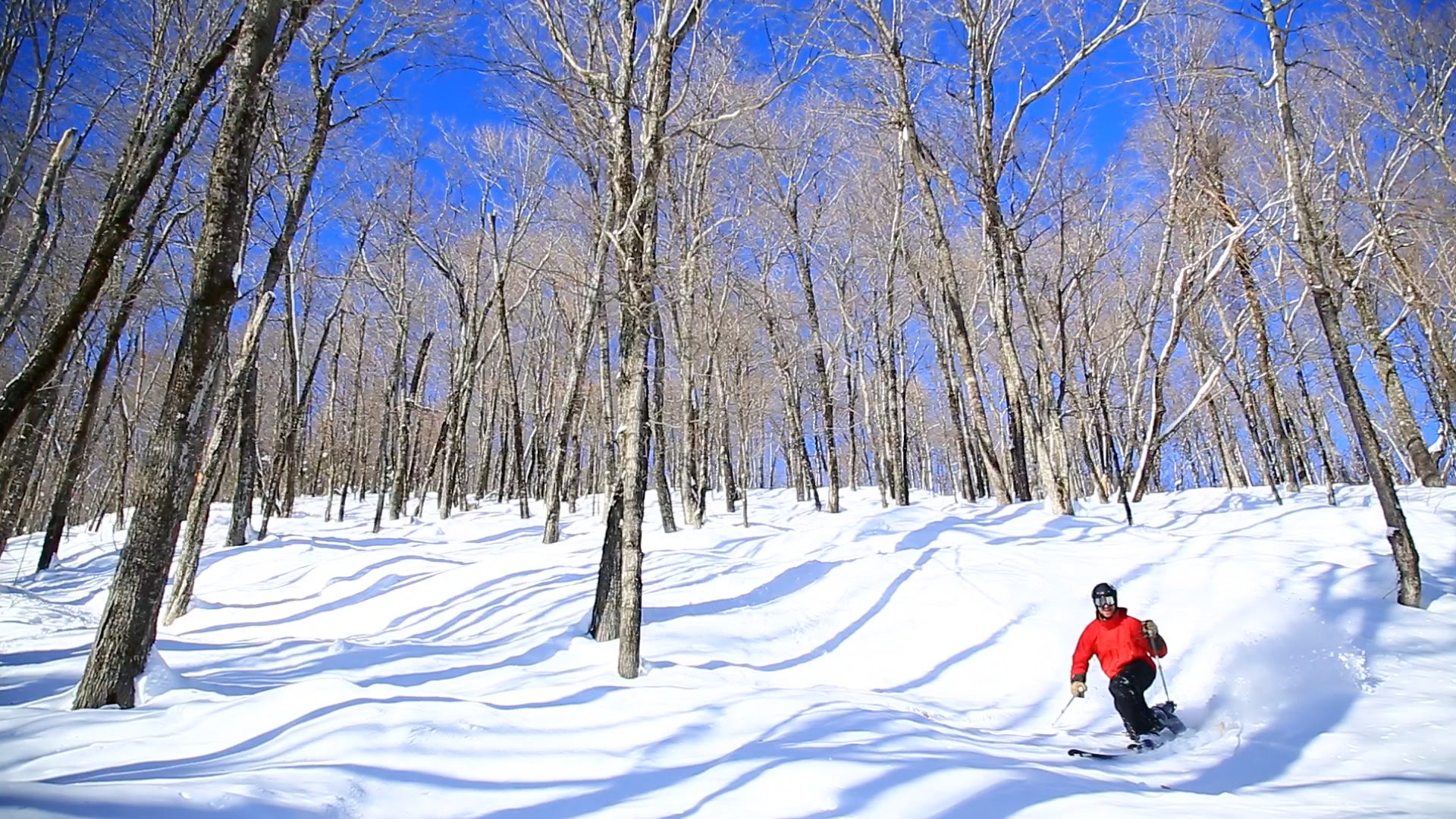

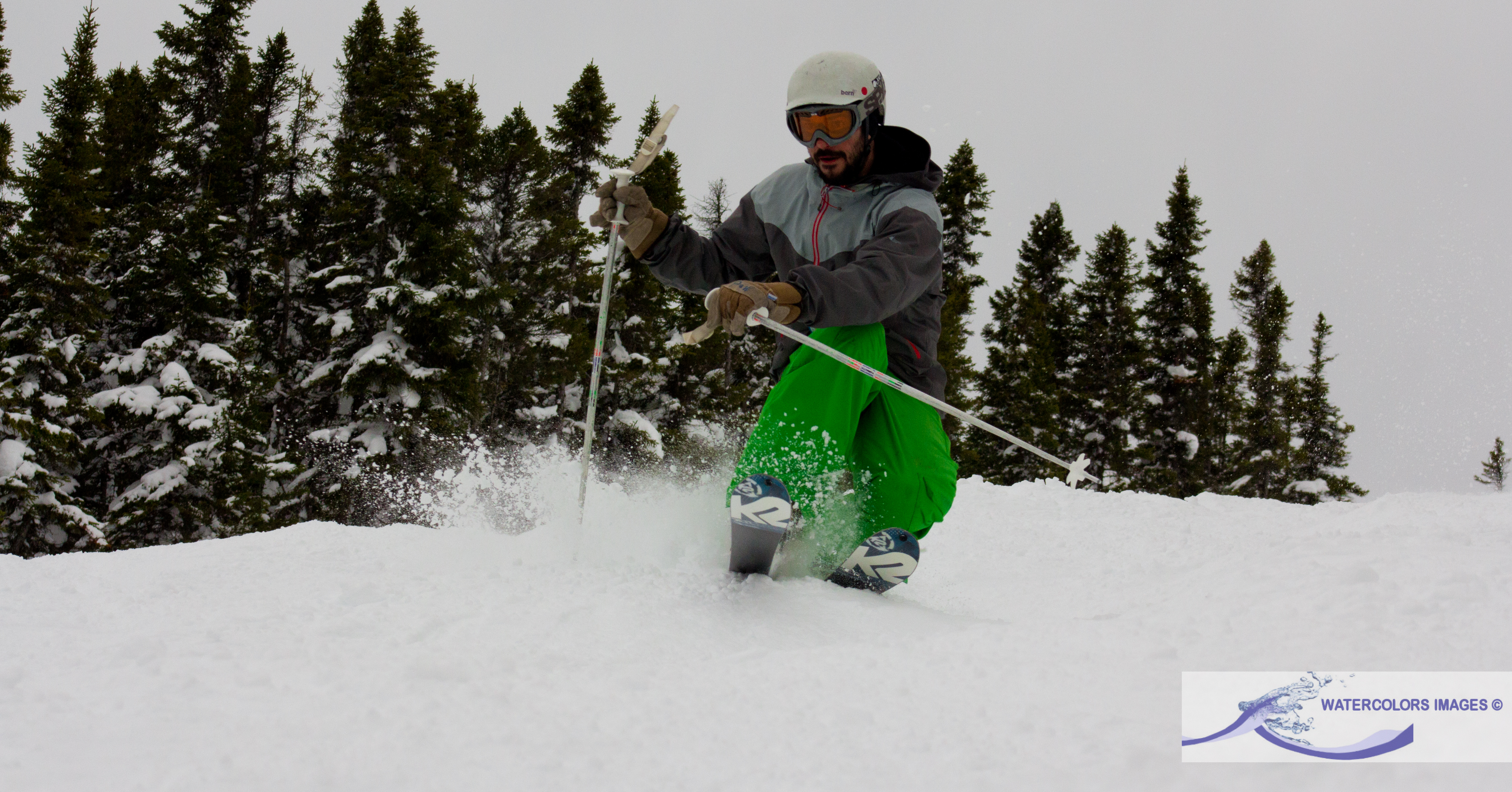

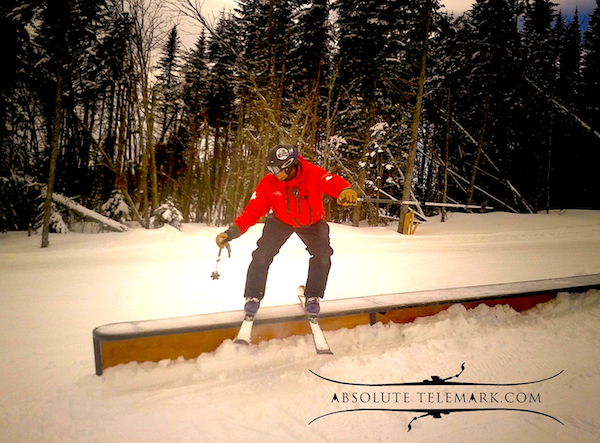

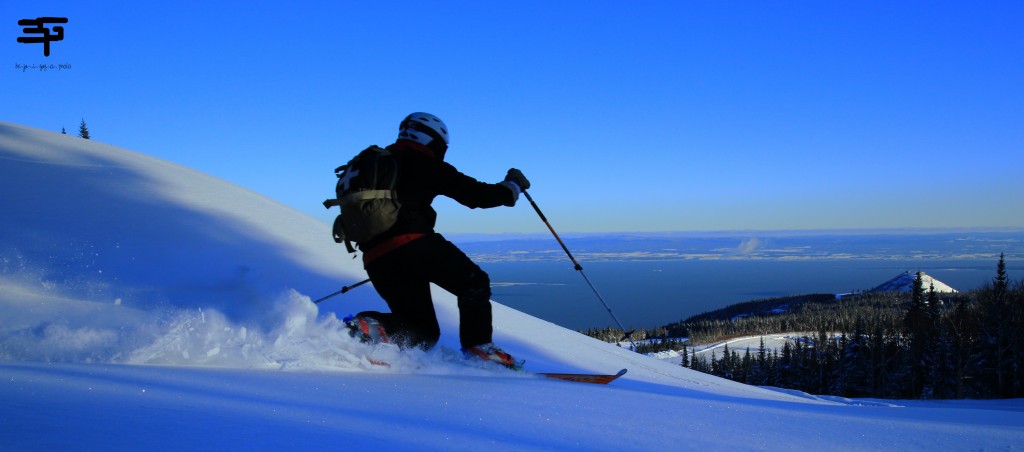
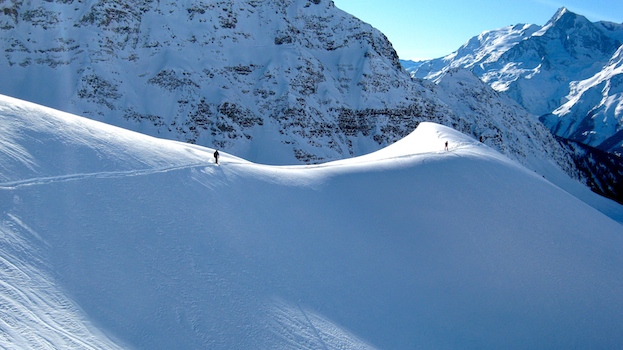
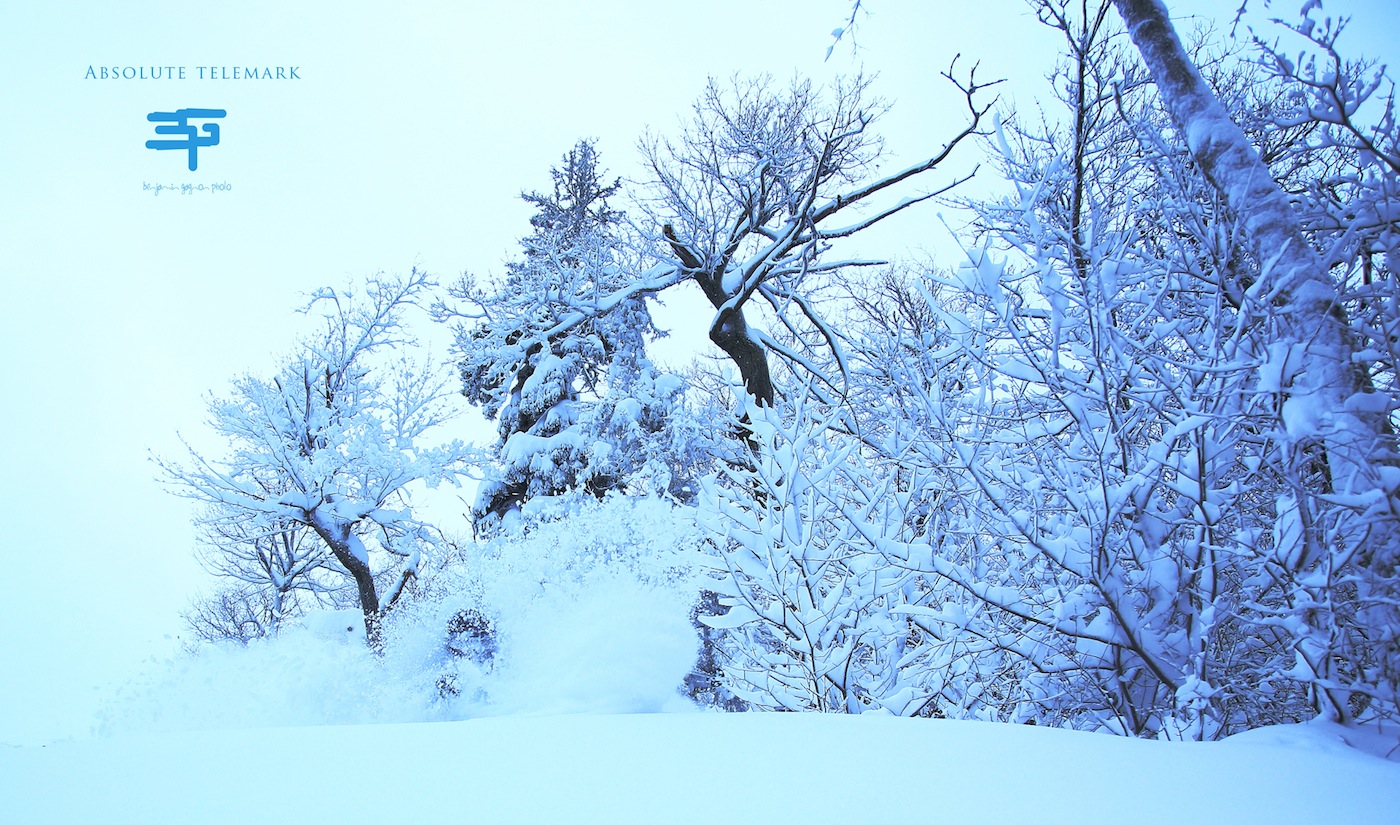


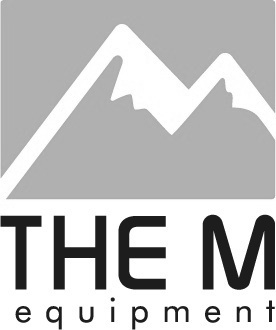


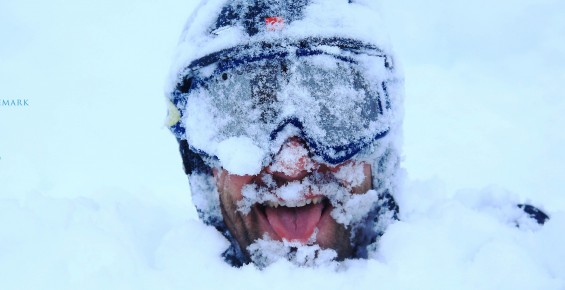
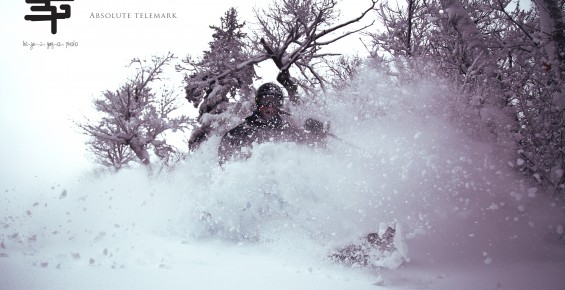

What others think about it